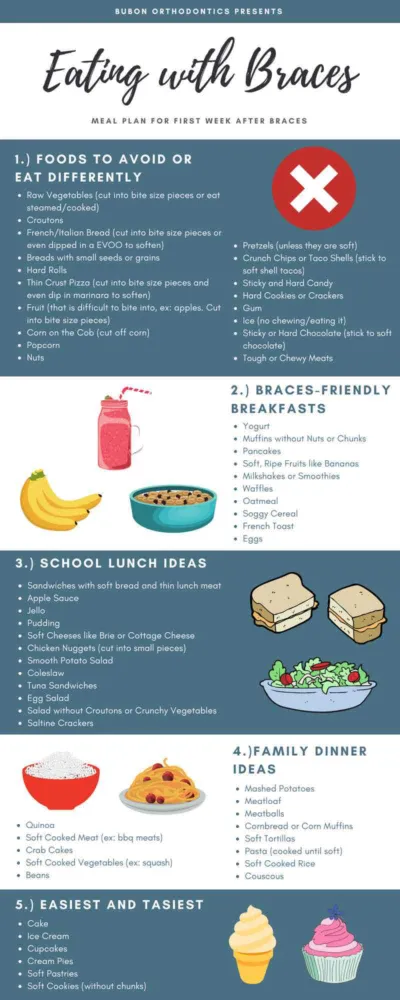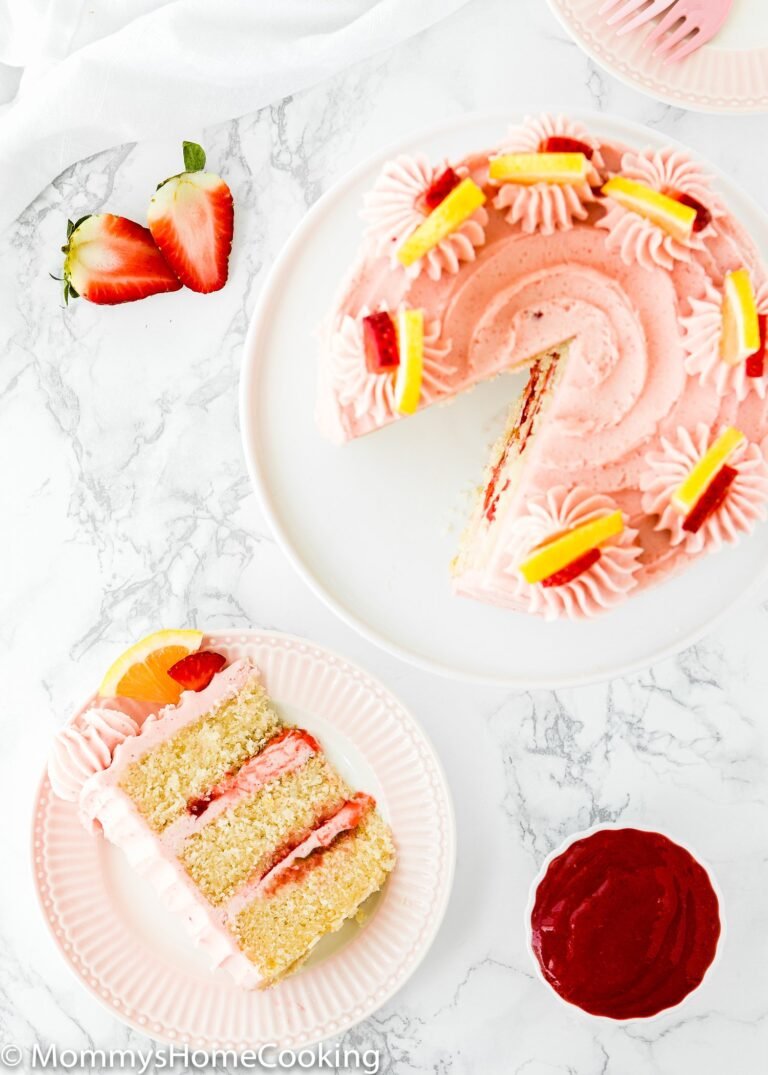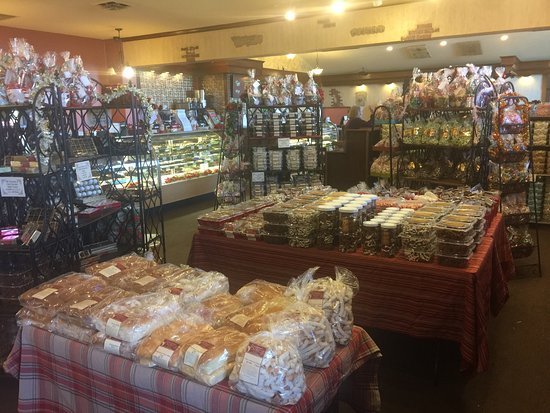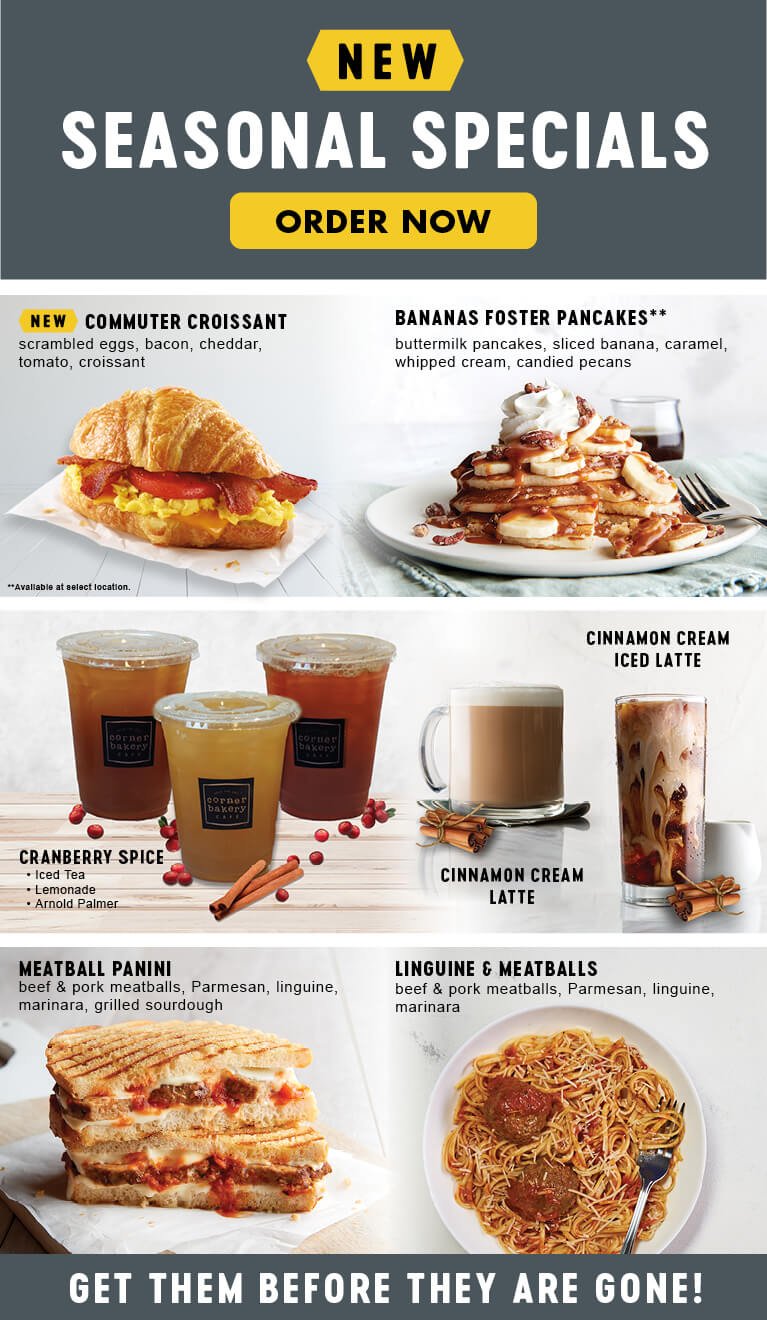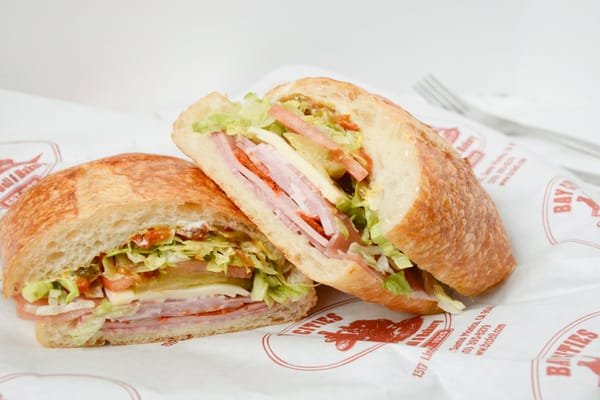Is It Safe to Eat Cake After a Week? Freshness Facts
Eating cake after a week is generally not safe, especially if it contains perishable ingredients. Mold, bacteria, and spoilage can develop, posing health risks.
Cake is a beloved treat enjoyed at celebrations and everyday moments. However, many people wonder about its safety after a week. Storing cake properly can extend its freshness, but not indefinitely. Cakes with cream, fruit fillings, or frosting can spoil faster than drier types.
It’s crucial to check for signs of spoilage, such as an off smell, discoloration, or mold. If you’re unsure about the cake’s freshness, it’s better to err on the side of caution. Understanding proper cake storage methods can help you enjoy your dessert while minimizing health risks.

Freshness And Food Safety
Understanding the safety of eating cake after a week is crucial. Cake can lose freshness quickly. Proper storage helps maintain its quality. Let’s explore the shelf life and risks of stale cake.
Shelf Life Of Baked Goods
Different cakes have varying shelf lives. Here’s a quick overview:
| Cake Type | Room Temperature | Refrigerator | Freezer |
|---|---|---|---|
| Butter Cake | 3-5 days | 1 week | 3 months |
| Cheesecake | 1-2 days | 1 week | 2-3 months |
| Fruit Cake | 1-2 weeks | 2-3 weeks | 6 months |
Storing cake properly extends its shelf life. Wrap it well to prevent drying out. Keep it in an airtight container for best results.
Risks Of Stale Cake
Stale cake can pose several risks. Here are key points to consider:
- Texture Changes: Stale cake becomes dry and crumbly.
- Flavor Loss: Fresh taste fades over time.
- Moisture Loss: Lack of moisture affects overall quality.
- Possible Mold: Old cake may develop mold.
Eating stale cake may lead to a disappointing experience. Always check for signs of spoilage. Look for unusual smells or visible mold. These indicate it’s time to discard.
Maintain cake freshness by storing it properly. Enjoy your treats safely and deliciously!

Ingredients Impact On Longevity
The ingredients in cake play a big role in its shelf life. Some items help cakes last longer, while others make them spoil quickly. Understanding these ingredients helps you decide if eating a week-old cake is safe.
Preservatives In Store-bought Cakes
Store-bought cakes often contain preservatives. These additives keep cakes fresh for longer periods. Here are common preservatives found in cakes:
| Preservative | Function |
|---|---|
| Calcium Propionate | Prevents mold growth. |
| Sodium Benzoate | Inhibits bacteria and yeast. |
| Potassium Sorbate | Stops spoilage and fermentation. |
These preservatives can extend a cake’s life to a couple of weeks. Store-bought cakes may still taste good even after a week. Check the expiration date for safety.
Homemade Cake Vulnerability
Homemade cakes usually lack preservatives. They contain fresh ingredients like eggs and milk. These ingredients spoil faster.
- Eggs can go bad within a week.
- Milk can sour quickly, affecting taste.
- Fruits in cakes can mold faster.
Homemade cakes typically last 3 to 5 days. Store them in a cool, dry place. Always look for signs of spoilage before eating.
Check for:
- Unpleasant odor
- Mold growth
- Changes in texture
Knowing the ingredients helps you enjoy cake safely. Always prioritize food safety.
Storing Cake Properly
Proper storage helps maintain a cake’s freshness and flavor. Cakes can last longer when stored correctly. Knowing how to store cake makes a big difference in its safety.
Refrigeration Vs. Room Temperature
Cake storage depends on its type and ingredients. Here are some guidelines:
| Cake Type | Refrigeration | Room Temperature |
|---|---|---|
| Buttercream Frosted | Yes, up to 1 week | No, 3 days max |
| Fondant Covered | No, can dry out | Up to 1 week |
| Cheesecake | Yes, up to 1 week | No, must refrigerate |
| Fruit Cake | Yes, up to 1 month | Yes, up to 1 week |
Refrigeration slows spoilage. Some cakes, like fondant, do better at room temperature.
Airtight Containers And Freshness
Using airtight containers keeps cake fresh. Follow these tips:
- Choose a container that fits the cake snugly.
- Wrap cakes in plastic wrap before placing them in a container.
- Store cupcakes in a single layer to avoid crushing.
Check for any signs of spoilage before eating. Look for:
- Unpleasant smell
- Mold or discoloration
- Dry or hard texture
Storing cake properly helps it stay delicious for longer. Enjoy your treats safely!
Visual And Sensory Clues
Determining the safety of cake after a week requires keen observation. Visual and sensory clues help you decide if it’s still good to eat. Look closely for signs of spoilage and use your senses to assess freshness.
Spotting Mold And Discoloration
Mold is a clear sign your cake is no longer safe. Here’s what to check:
- Mold spots: Look for fuzzy patches.
- Color changes: Check for dark or off-color areas.
- Surface sheen: Excess moisture can indicate spoilage.
If you find any of these signs, it’s best to throw the cake away.
Texture And Taste Changes
The texture and taste of cake can change over time. Here are some signs to notice:
- Dryness: A stale cake feels hard or crumbly.
- Stickiness: A gummy texture suggests spoilage.
- Flavor: If it tastes sour or off, discard it.
Always trust your senses. They guide you to safe eating.
Health Implications Of Eating Old Cake
Eating old cake raises several health concerns. Cake can spoil over time. Bacteria and mold can develop. These can lead to serious health issues. Understanding the risks is vital.
Food Poisoning Concerns
Food poisoning is a significant risk when consuming old cake. Here are the main points to consider:
- Pathogens: Bacteria like Salmonella or E. coli can grow.
- Mold: Some molds produce toxins. These can harm your health.
- Symptoms: Symptoms include nausea, vomiting, and diarrhea.
Children and the elderly are at higher risk. Always check for signs of spoilage.
When To Err On The Side Of Caution
Know when to throw out old cake. Here are key signs:
| Indicator | Action |
|---|---|
| Mold Growth | Discard the cake immediately |
| Unpleasant Odor | Do not eat; throw it away |
| Change in Texture | Check for dryness or stickiness; if bad, discard |
| Past Expiration Date | Best to throw it out |
Trust your senses. When in doubt, throw it out. Your health is more important than a slice of cake.
Best Before Vs. Use By Dates
Understanding the difference between Best Before and Use By dates is crucial. These labels help us determine food safety. Knowing what they mean can prevent food waste and ensure your health.
Understanding Date Labels
Best Before dates refer to quality, not safety. Food can taste different after this date but may still be safe to eat.
Use By dates indicate safety. Consuming food past this date can pose health risks. Always check these labels before eating.
| Date Label | Meaning | Safety |
|---|---|---|
| Best Before | Quality may decline | Generally safe after date |
| Use By | Last safe date to consume | Do not eat after this date |
Can You Trust Your Senses?
Trusting your senses can help you decide if cake is still good. Look for changes in appearance, smell, and taste.
- Appearance: Check for mold or discoloration.
- Smell: A sour or off smell is a bad sign.
- Taste: A small taste test can confirm freshness.
When in doubt, throw it out. It’s better to be safe than sorry.
Reviving Stale Cake
Stale cake doesn’t have to end up in the trash. With some simple techniques, you can bring it back to life. Reviving stale cake can make it enjoyable again. Let’s explore some effective methods.
Moistening Techniques
Moistening stale cake helps restore its texture. Here are some easy methods:
- Simple Syrup: Mix equal parts water and sugar. Heat until dissolved. Brush it on the cake.
- Milk or Cream: Drizzle milk or cream over the cake. Let it soak in.
- Fruit Juice: Use citrus juices for a zesty twist. Orange or lemon juice works well.
- Frosting: Add a fresh layer of frosting. This can add moisture.
Creative Uses For Dry Cake
Don’t throw away stale cake! Get creative with these ideas:
- Trifle: Layer cake pieces with fruit and whipped cream.
- Cake Pops: Crumble the cake, mix with frosting, and form into balls.
- Ice Cream Sundae: Use cake pieces as a topping for ice cream.
- Pudding Dessert: Combine cake with pudding for a delicious treat.
Repurposing stale cake can lead to tasty new desserts. Enjoy experimenting!
Preventive Measures
Keeping cake fresh is important for safety and taste. Use these preventive measures to enjoy cake for longer.
Baking Smaller Portions
Baking smaller portions helps reduce waste. Here are some tips:
- Use mini cake pans.
- Try cupcakes or muffins.
- Freeze leftovers in single servings.
These methods keep your cake fresh. Smaller portions also mean less time in storage.
Sharing Is Caring
Share your cake with friends and family. This avoids leftover cake. Here are some benefits:
- Fewer leftovers means better freshness.
- Sharing brings joy to others.
- Celebrate special moments together.
Consider hosting a cake party. Invite friends and enjoy delicious treats together.

Frequently Asked Questions
Can I Eat Cake That’s A Week Old?
Eating a week-old cake is generally safe if stored properly. Ensure it has been refrigerated and covered to prevent drying out or contamination. Check for any signs of mold or an off smell before consuming. If it looks and smells fine, enjoy a slice!
How Long Is Cake Good For At Room Temperature?
Most cakes can last about two to three days at room temperature. However, cakes with perishable fillings or frostings should be refrigerated. Always keep them covered to maintain freshness. If unsure, check for any changes in texture or smell.
What Are The Signs Of Spoiled Cake?
Signs of spoiled cake include mold, an off smell, or a change in texture. If the cake appears dry or has a slimy surface, it’s best to avoid eating it. Always trust your senses; when in doubt, throw it out to prevent foodborne illness.
Can I Freeze Leftover Cake Safely?
Yes, you can freeze leftover cake for later enjoyment. Wrap it tightly in plastic wrap and aluminum foil to prevent freezer burn. When ready to eat, thaw it in the refrigerator overnight. This method helps maintain moisture and flavor, ensuring a delicious treat later.
Conclusion
Eating cake after a week can pose health risks. Always check for signs of spoilage, like mold or an off smell. If the cake has been stored properly, it may still be safe. Trust your instincts and prioritize your health.
Enjoy your treats, but stay cautious!
